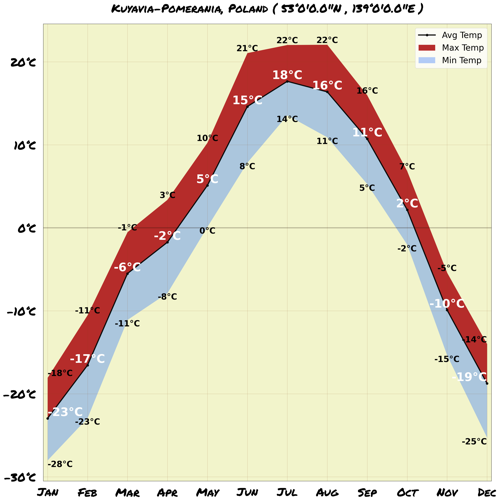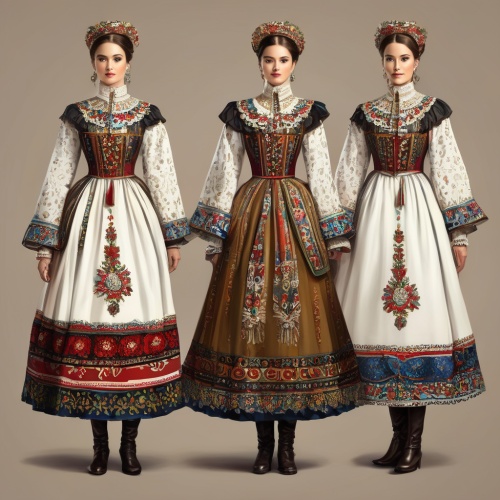Understand
The Cuiavian-Pomeranian region is a treasure trove of smaller ethnic and historic areas waiting to be discovered. Let's delve into the three main entities that make up this diverse region: 1. Cuiavia: Located in the south and east, Cuiavia is the agricultural heart of the region. With its fertile soils, it boasts numerous intriguing towns and monuments. Don't miss out on the chance to visit the major Polish spas of Ciechocinek and Inowrocaw, famous for their large salt deposits. Bydgoszcz, the largest city in the region, is a must-see destination situated at the northernmost tip of the land. Additionally, Dobrzy Land, just north of Wocawek, is also considered part of Cuiavia. 2. Pomerania: In the north, Pomerania unveils breathtaking beauty. Picture-perfect towns, majestic castles, and awe-inspiring nature await your exploration. Make sure to visit the UNESCO World Heritage city of Toru, fall in love with Chemno, known as the Carcassonne of the North, and embark on a kayaking adventure. For nature enthusiasts, the Bory Tucholskie area, with its ancient yews, is a must-visit. The eastern part of Pomerania is known as Chemno Land. 3. Greater Poland: Situated in the west, Greater Poland may be a smaller part of the historic land, but it holds immense significance as the birthplace of Poland. Discover picturesque small towns and villages in the Krajna and Pauki subregions. A highlight of this area is the nin area, where a heritage narrow-gauge train line connects major attractions. Each region has its own captivating story waiting to be uncovered. The southwestern part was once the heartland of a young Polish principality in the 10th century. Local power centers like Kruszwica and Wocawek emerged as influential forces during this time. In 1228, Chemno Land in the north was entrusted to the Teutonic Knights as a fiefdom. Initially, they came to aid Polish princes in their battles against the Baltic Old Prussians, but they swiftly established a strong country that posed a threat to Poland, Lithuania, and other neighboring nations. Chemno became the first capital city of this monastic state. Pomerania returned under Polish rule in 1466, and cities along the Vistula river, such as Wocawek, Nieszawa, Toru, and Bydgoszcz, flourished in the following centuries. However, the region faced its challenges with the devastating wars of the 17th and 18th centuries. The late 18th-century partitions of Poland resulted in the northern and western parts of the region falling under Prussian and later German rule, while the east (Dobrzy Land and eastern Cuiavia) came under Russian control. This division led to significant economic disparities between the two areas, making the region a borderland. After World War I, the region was reunited with Poland, with Toru serving as the capital of the new Pomeranian voivodeship. In 1938, administrative reforms reshaped the province's borders to encompass all of Polish Pomerania, most of Cuiavia, and small neighboring areas from other regions. Following World War II, adjustments were made, including the creation of the Gdask region, and the capital was relocated to the larger city of Bydgoszcz. In 1975, another reform divided the voivodeship into three smaller ones, and it was ultimately re-established in 1998.








Comments
NO COMMENTS